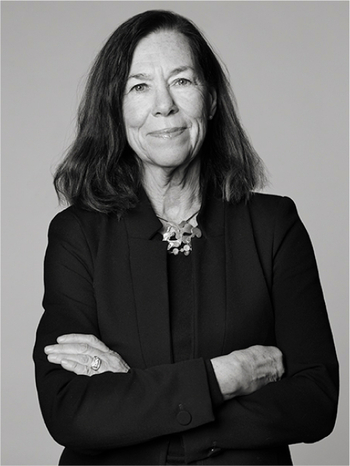Carl Hörvik
'Blomster', a Swedish grace cast iron flower table, Näfveqvarns Bruk, Sweden early 1920's.
Later limestone top. Height 53,5 cm, 35,5 x 35,5 cm.
Wear.
Exhibitions
The model was shown at the Gothenburg jubilee exhibition in 1923.
Literature
Christian Björk, 'Näfveqvarns bruk - konstnärer och arkitekter till industrin', Orosdi Back Förlag, compare pp 66-67.
More information
The model was designed by Cark Hörvik in 1922 as a contribution for the design contest announced by Svenska Slöjdföreningen in cooperation with Näfveqvarns Bruk in 1921-1922. The model was exhibited in Gothenburg 1923, then probably no longer produced.
Designer
Carl Hörvik was an architect and inventative furniture designer. Hörvik was a classmate of Gunnar Asplund at the Royal Institute of Technology. He was considered one of the greatest architectural talents of his generation and a person from whom Asplund is said to have been greatly influenced. Hörvik opened his own office in 1914. He worked on the interior of the Röhsska Museum in 1916, and participated in the Workshop's exhibition at Liljevalchs in 1920 with an unusually progressive furniture set in polished birch. At the Gothenburg Exhibition in 1923, he was exhibiting a spacious hall interior in grey with large armchairs and delicate stools. The furniture from Nordiska Kompaniet, with which he participated in the Paris World Fair in 1925, had a monumental character of luxury and earned him the Grand Prix. Hörvik designed furniture for Hantverkslotterierna (the Craft Lotteries) in Stockholm, Gothenburg, and Malmö for several years. He also designed the Swedish Student House in Paris in 1931 and the county residence in Umeå in 1932.
Read more











































